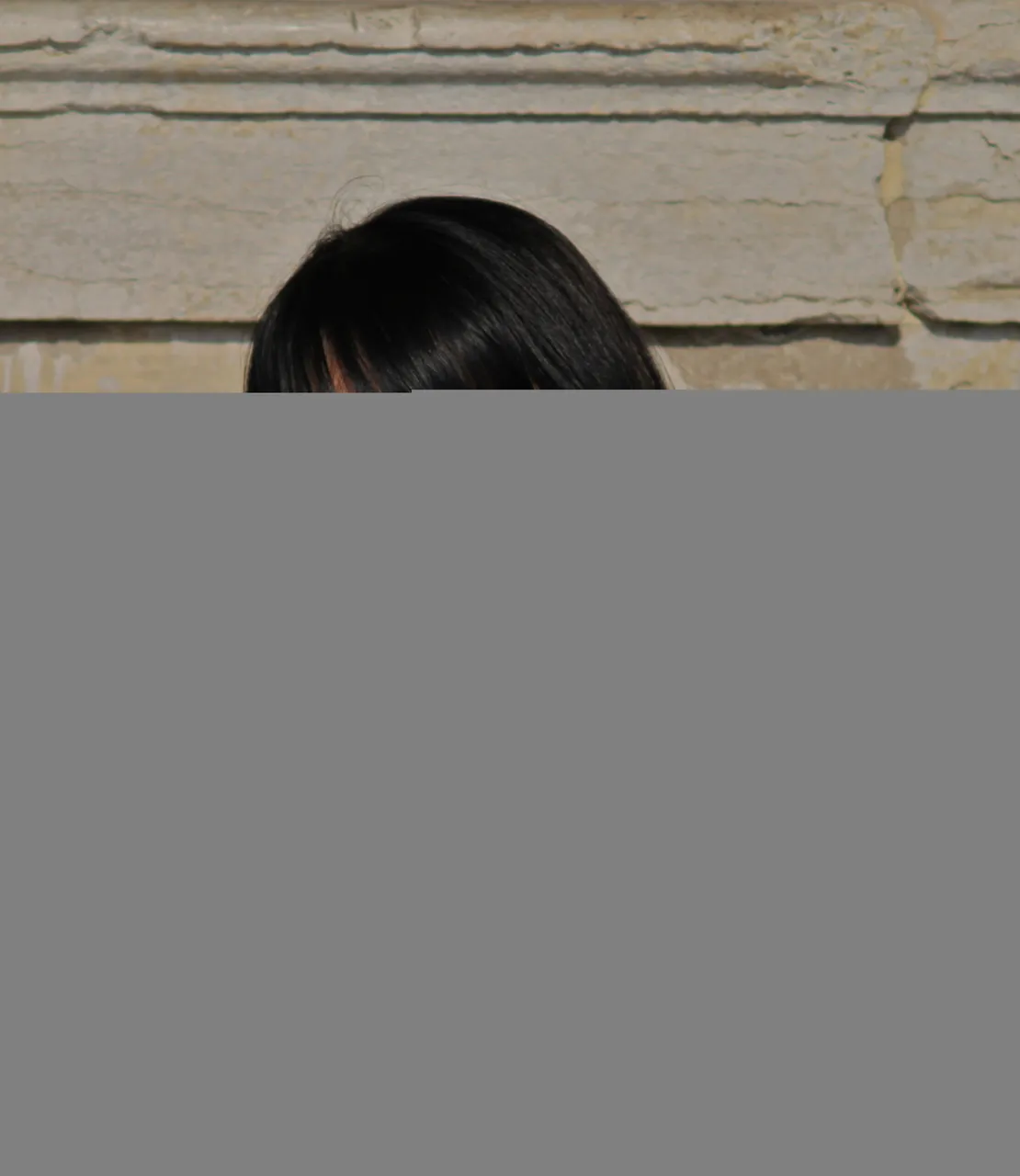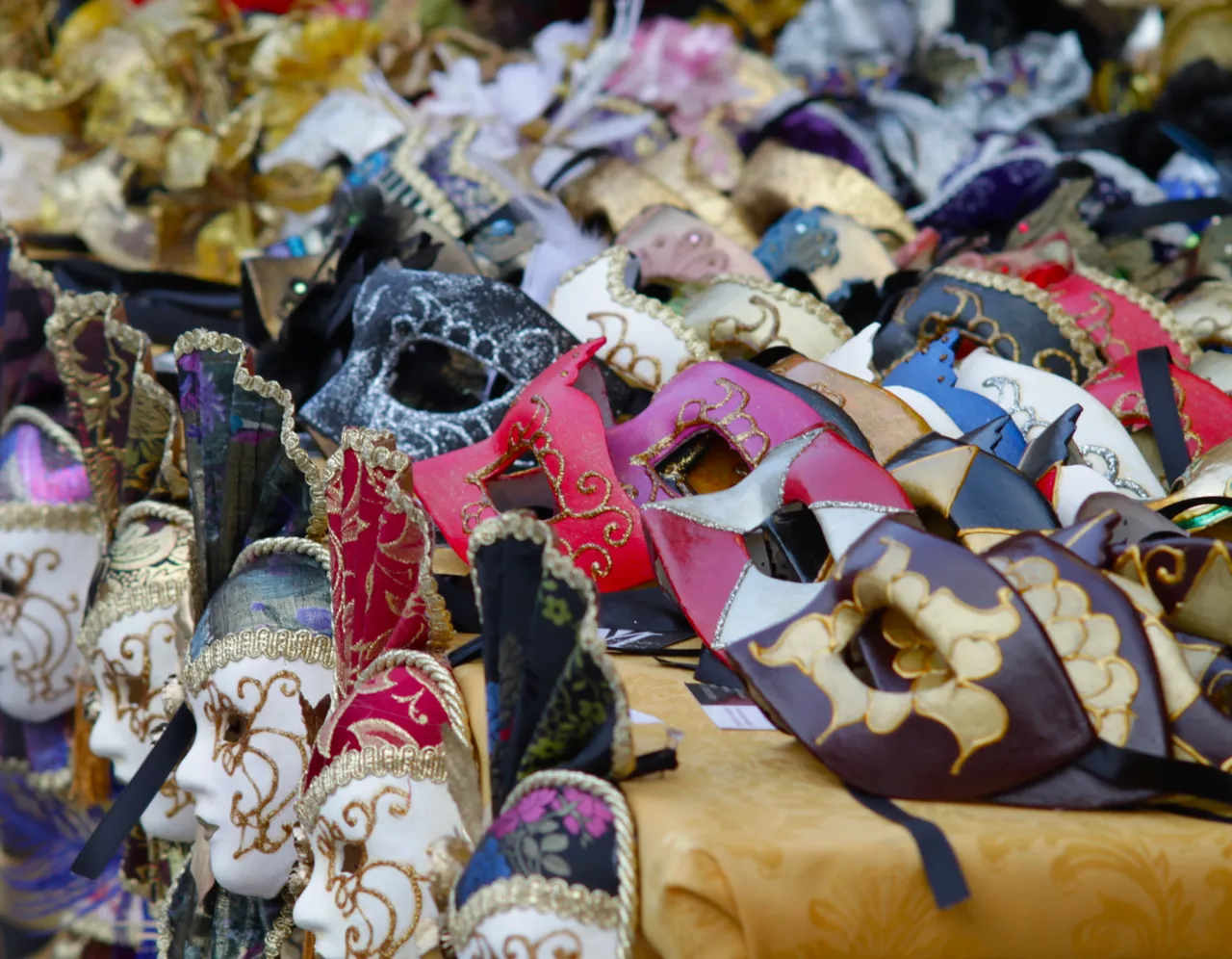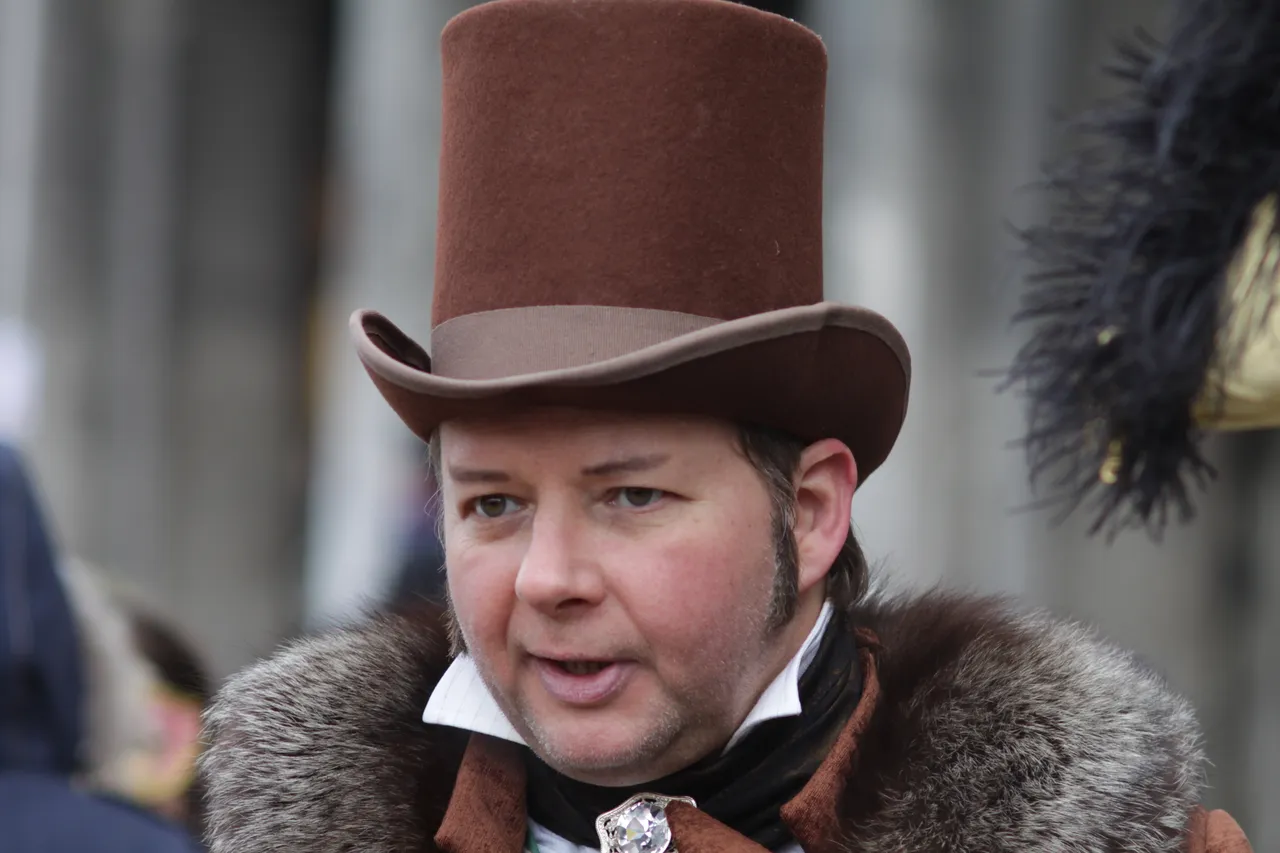The Carnival and the masks of Venice have ancient origins: the first document that testifies to the use of disguises is from 1094. Always in this document of the Vitale Falier Doge the word "Carnival" appears for the first time.

Originally, the Carnival of the Serenissima began on December 26th and ended on Ash Wednesday. It was six weeks of costumes, processions and street parties; a long period in which personal identity, sex and social class to which they belong lost their importance. Here the carnival and the mask became in a short time the maximum expression of freedom and transgression of the rules.

To limit the moral decay of the Venetians, the government began to regulate the use of disguises. The first evidence of an official ban on masks dates back to 1268. The document forbade mattaccini (or buffoons and jugglers) to cover their faces during the game of "ova", which consisted of throwing perfume-filled eggs at the ladies walking in the streets . From the 1300s onwards, laws to limit the use of masks became more and more numerous: they were banned in places of worship, gambling houses and prostitutes. With the fall of the Republic and the beginning of Austrian domination, the carnival entered a long period of decline. Only in the 1960s did it come back into vogue and today Venice is once again the capital of the carnival par excellence, a party that is a riot of colors and goliardia.

Among the historical masks of Venice we remember the Bauta, the Moretta and the Gnaga. Worn by both men and women, the Bauta consists of a particular white mask (larva) completed by a long black cloak (tabarro). It was used not only at carnival, but also during parties and gallant appointments by those who wanted to maintain total anonymity. The Moretta was instead a disguise worn by many women, consisting of a black velvet mask that held up thanks to an internal button held in the mouth. The Moretta therefore did not allow neither to eat nor to speak, and for this the Venetians nicknamed her "mute servetta". Men who wanted to impersonate female figures wore the Gnaga, consisting of women's clothing in common use and a mask with the appearance of a cat.

Today, Venetian masks are real collector's items: they can be hung on the wall and kept on display. They are made by master craftsmen who use the most diverse materials: ceramic, glass, crystal and papier-mâché, as per tradition. Do not miss the Cà Macana workshop (Dorsoduro 3172), which has specialized in the making of handcrafted masks since 1984. The atelier organizes meetings, conferences and practical courses for those who want to get in touch with the world of Venetian masks. Cà Macana has worked for important film productions such as Casanova and Eyes Wide Shut.

